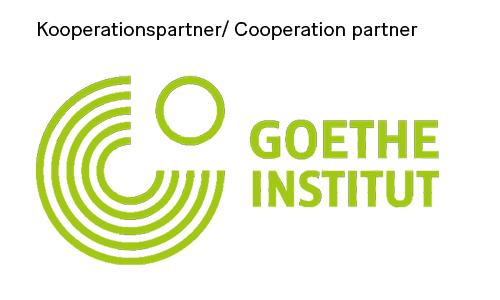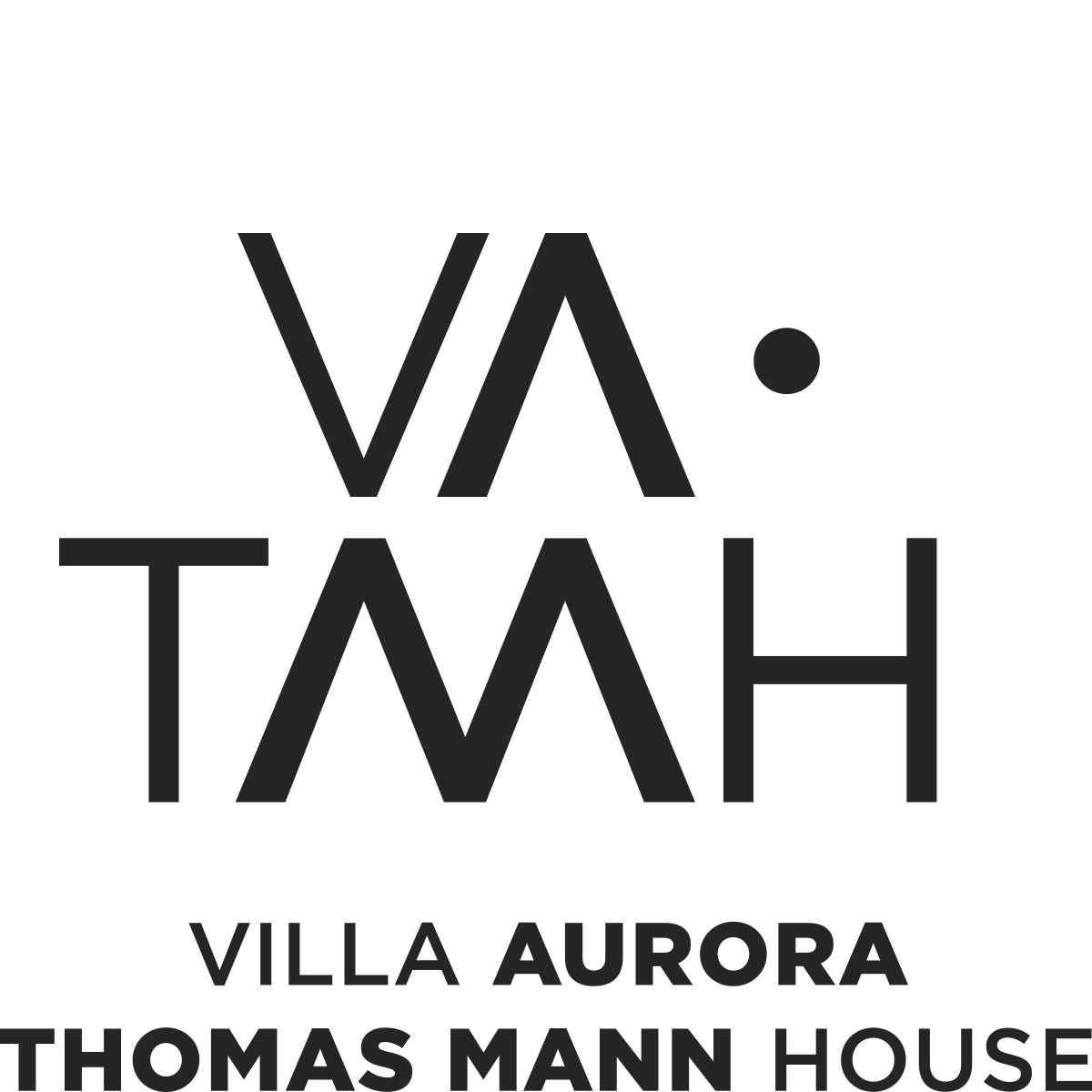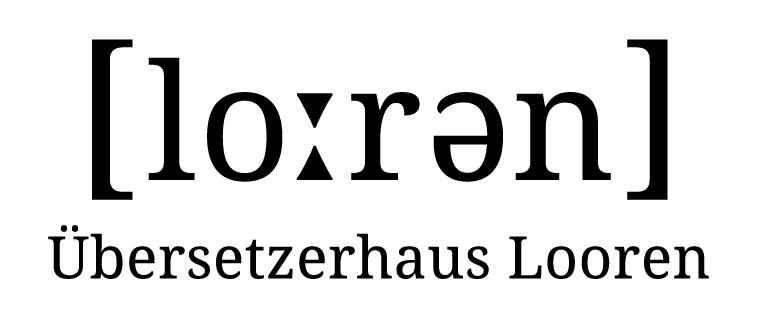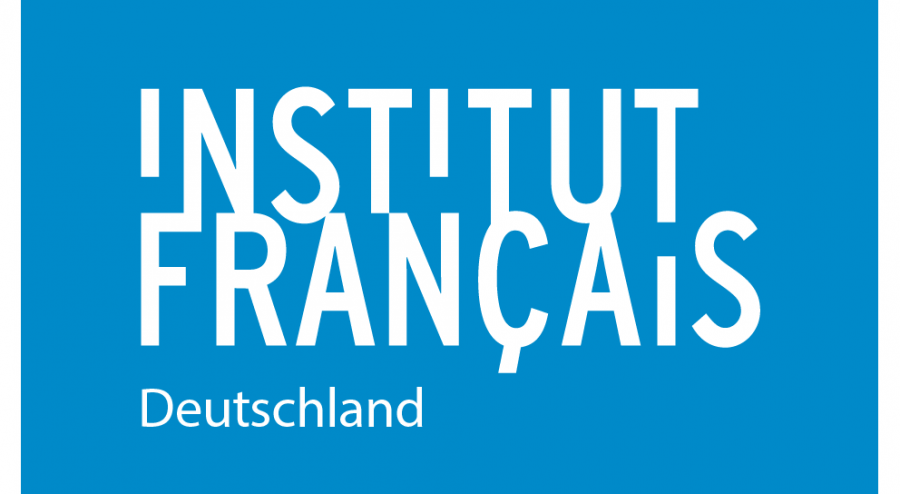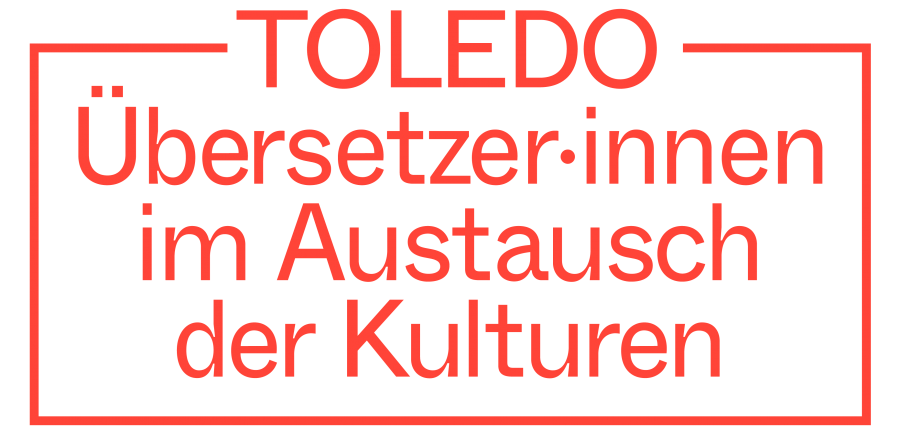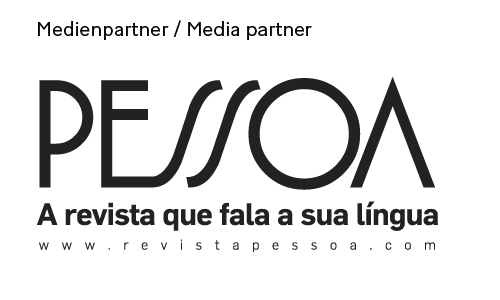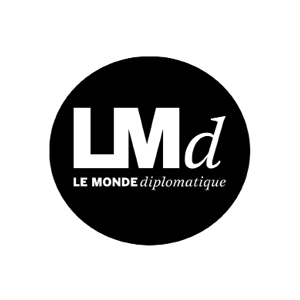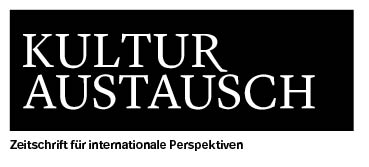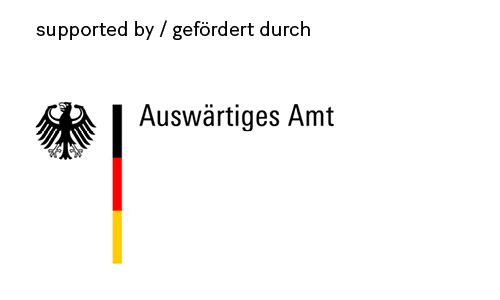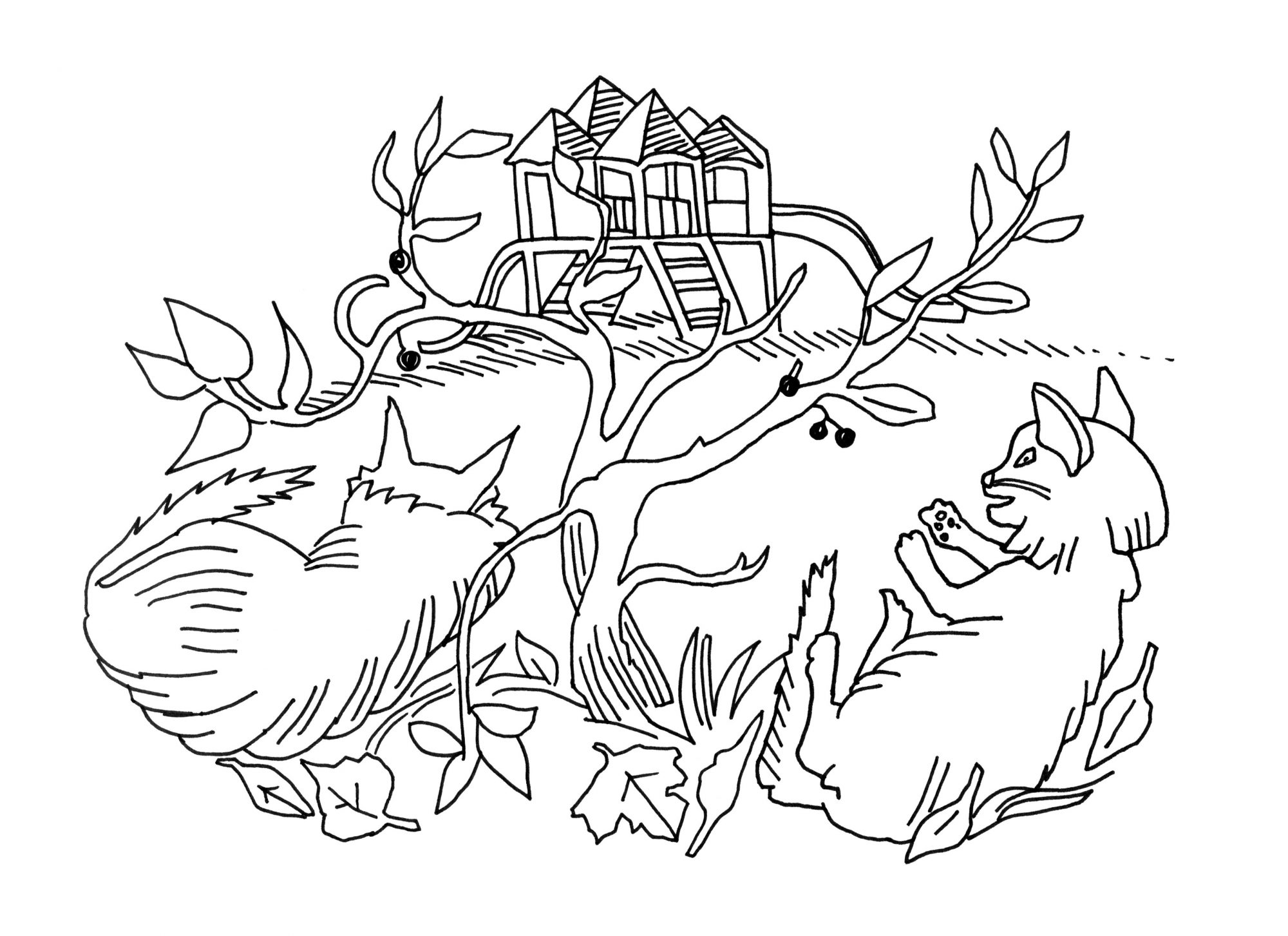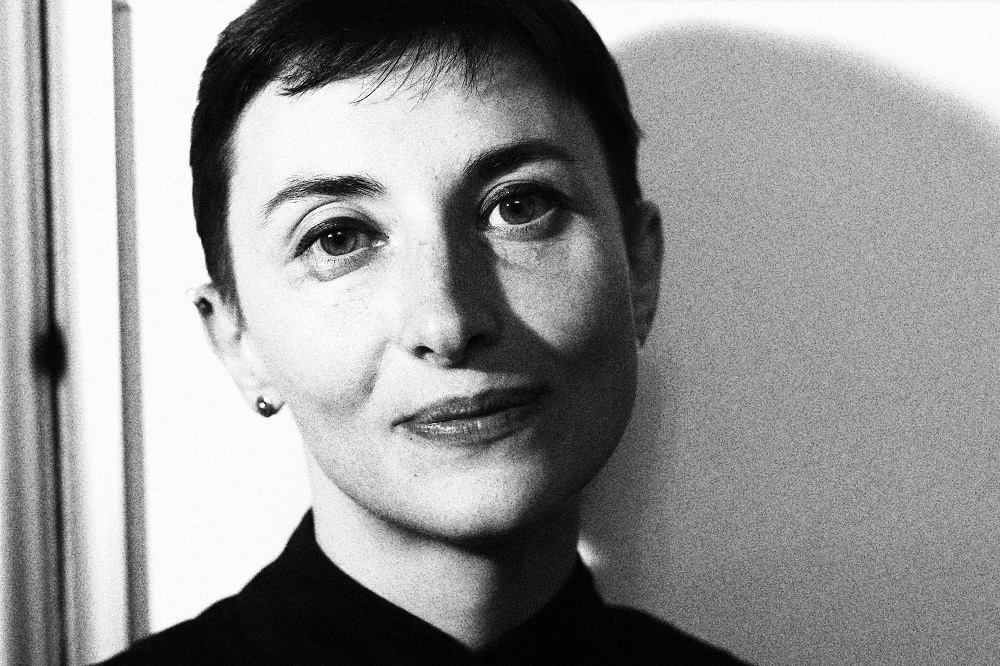Карлик и Мурчик
Сегодня была очередная бесславная попытка поймать Мурчика, брата Карлика, который живёт у меня уже четвертый месяц. Карлик – бывший уличный кот, доставляющий мне столько проблем, что я думаю о нем больше, чем о пандемии.
Раньше моя квартира была местом, где я пакую чемоданы, перемещаясь с одного интернационального проекта на другой. Можно было прожить эту жизнь, так и не вспомнив, что там лежит на пыльных полках, антресолях и в кладовке. Тем более я понятия не имела, что происходит в моём дворе. Когда весной мэр Москвы Сергей Собянин придумал нам карантин по китайскому образцу, нелегально гуляя вокруг дома, я обнаружила на детской площадке четырёх братьев: Карлика, Мурчика, Гая и Рому. Скоро коты стали точкой притяжения для меня – безумного художника из самой обычной хрущевки, для девочки Вари – ребёнка топ-менеджеров из элитного жилого комплекса напротив и для пожилой Светланы, живущей с двумя черными котами в коммунальной квартире в странном дореволюционном доме. Я прихожу с Whiskas, девочка Варя – с обрезками дорогой колбасы, а Светлана приносит большую кастрюлю какой-то пищи, специально приготовленной для котов. Когда Карлик заболел, я забрала его к себе домой. Теперь Светлана хочет забрать Мурчика, но мы не можем его поймать. А родители девочки Вари не хотят никаких котов, потому что верят, что границы скоро откроют, и они снова будут путешествовать. Но пока из России легко улететь только в Турцию и в Танзанию.
И вот сидит мой Карлик дома, а Мурчик сидит на улице. Между тем, в Москве уже глухая осень, палисадник голый, ветер дует промозглый. Я сегодня выбегала выбросить мусор – на улице Мурчик воет от холода и голода. Выкинула мусор, возвращаюсь домой – а дома Карлик воет от тоски по свободе. Вот я и думаю – кому хуже, Карлику или Мурчику? Что хуже сойти с ума от многих месяцев самоизоляции или ринуться в город, где маски чаще всего носят на подбородке или в кармане? Безопасность при отсутствии жизни или свобода, которая может привести к смерти?
Karlik und Murtschik
Heute bin ich mal wieder kläglich daran gescheitert, Murtschik einzufangen, Karliks Bruder, der nun seit gut drei Monaten bei mir wohnt. Karlik, ein ehemaliger Straßenkater, macht mir so viel zu schaffen, dass ich mehr mit ihm beschäftigt bin als mit der Pandemie.
Früher war meine Wohnung der Ort, an dem ich die Koffer packte, wenn ich von einem internationalen Projekt zum nächsten zog. So ließ sich leben, ohne im Bewusstsein zu haben, was da in den Regalen, auf den Zwischenböden und in der Kammer vor sich hin staubte. Was in meinem Hof vor sich ging, wusste ich schon gar nicht. Als der Moskauer Bürgermeister Sergej Sobjanin uns im Frühjahr mit Quarantäne nach chinesischem Vorbild bedachte, entdeckte ich bei einem illegalen Streifzug ums Haus auf dem Spielplatz die vier Brüder: Karlik, Murtschik, Gaius und Roma. Bald waren die Kater ein Anziehungspunkt für mich, verrückte Künstlerin aus dem Standardplattenbau; für die kleine Warja, Tochter von Topmanagern aus dem noblen Wohnkomplex gegenüber; und für die betagte Swetlana, die mit zwei schwarzen Katern in einer Gemeinschaftswohnung in einem seltsamen Haus aus der Zeit vor der Revolution wohnt. Ich kam mit Whiskas, Warja mit Scheibchen teurer Wurst und Swetlana mit einem großen Topf Futter, das sie eigens für die Kater zubereitete. Als Karlik krank wurde, nahm ich ihn mit zu mir. Swetlana möchte Murtschik mitnehmen, aber wir kriegen ihn einfach nicht eingefangen. Und Warjas Eltern wollen keine Katzen, weil sie glauben, dass die Grenzen bald wieder geöffnet werden, und sie dann wieder reisen können. Aber erst mal kommt man von Russland aus mit dem Flieger ohne Schwierigkeiten nur in die Türkei und nach Tansania.
Also sitzt mein Karlik jetzt in der Wohnung, und Murtschik sitzt auf der Straße. Unterdessen ist in Moskau schon finsterster Herbst, die Bäume vor dem Haus sind kahl, es ist nasskalt und windig. Als ich heute kurz den Müll rausgebracht habe, saß Murtschik draußen und maunzte vor Hunger und Kälte. Ich warf den Müll ein, ging zurück in die Wohnung – da maunzte Karlik vor Sehnsucht nach Freiheit. Und jetzt frage ich mich: Wer ist schlimmer dran, Karlik oder Murtschik? Ist es schlimmer, nach monatelanger Selbstisolation den Verstand zu verlieren, oder in die Stadt zu rennen, wo Masken meist nur am Kinn oder in der Tasche getragen werden? Sicherheit ohne Leben oder Freiheit, die zum Tod führen kann?
Übersetzung: Thomas Weiler
Dwarf and Murmur
Today we made another humiliating attempt to catch Murmur, Dwarf’s brother. Dwarf has been living with me for over three months. He’s a former street cat who’s caused me so many problems by now that I think more about him than I do about the pandemic.
Before, my apartment was just a place where I packed my suitcases on my way from one international project to another. I could have lived my whole life without ever wondering what might be hiding in the dust on the bookcase, on the top shelves of the cabinets, or in the pantry. I paid even less attention to what was going on in the courtyard of my building. This spring, when the mayor of Moscow Sergei Sobyanin came up with a quarantine for us like the one in China, I took an illegal walk around my building and discovered four brothers in the playground: Dwarf, Murmur, Guy, and Roman. Soon the cats became a shared center of gravity for three of us: me, a crazy artist from a totally ordinary Khrushchev-era apartment building; a little girl named Varya, the daughter of two executive types who live in the elite residential complex across the street; and Svetlana, an elderly woman who lives with two black cats in a communal apartment in a strange pre-Revolutionary building. I would go out with my Whiskas, little Varya would bring scraps of fancy sausage, and Svetlana would show up with a pot of some special food she made for the cats herself. When Dwarf got sick, I took him in to live with me. Now Svetlana wants to adopt Murmur, but we can’t catch him. Little Varya’s parents don’t want any cats because they actually believe the borders will open up soon and they’ll be traveling again. As it is, though, the only countries you can fly to easily from Russia are Turkey and Tanzania.
And now my Dwarf sits at home with me while Murmur is out on the street. It’s late autumn in Moscow, the little garden is bare, and the wind is raw. I ran outside today to take out the trash—Murmur was there, howling from cold and hunger. I threw out my trash and went back inside, where I found Dwarf howling for his former freedom. And now I’m thinking—who is worse off, Dwarf or Murmur? What’s worse, to go crazy from months of self-isolation or to rush headlong into the city, where most people wear their masks on their chin or in their pocket? Safety with no life, or a freedom that could kill you?
Translation: James McGavran
Share
